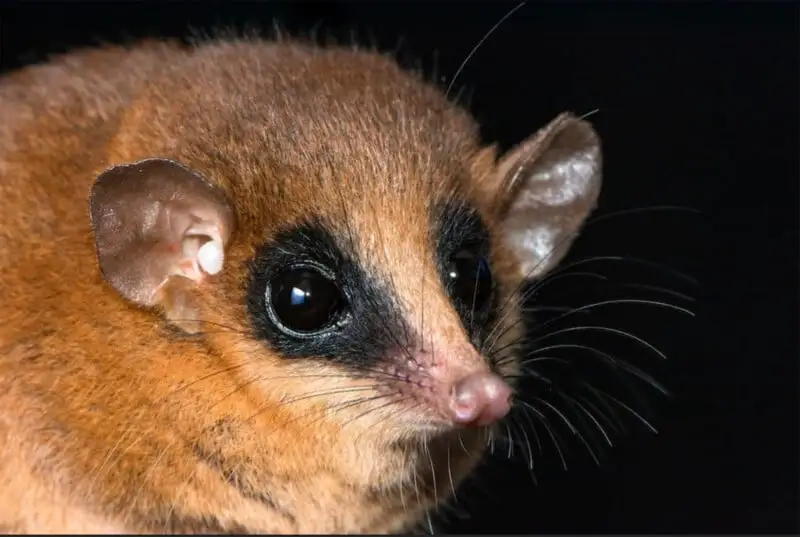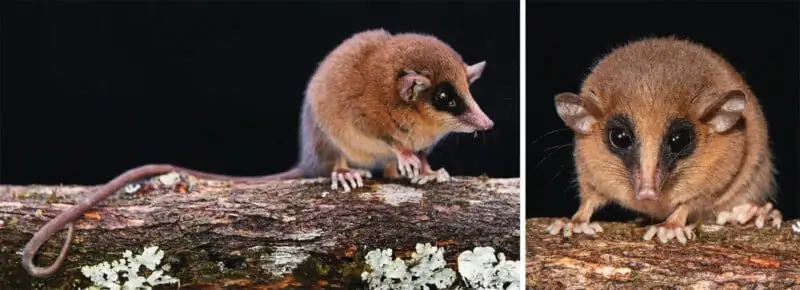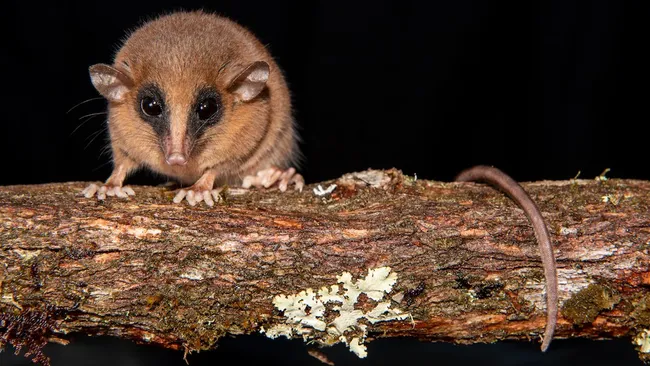The newly described mouse opossum was discovered at a surprisingly high altitude in the Andes.
A team of researchers exploring Peru’s Abiseo River National Park, a UNESCO World Heritage site in the Andes, has photographed a remarkable new marsupial species. Tiny, unusual, and undeniably adorable, only one specimen of the species has ever been observed.
In 2018, lead researcher Silvia Pavan, a Biological Sciences professor at Cal Poly Humboldt, was searching for an elusive, unnamed species of squirrel. Instead, at 2,664 meters above sea level in the eastern Andes of San Martín, Peru, she stumbled upon a previously unknown opossum.

The species, named Marmosa chachapoya in honor of the indigenous Chachapoya people who lived in the region long before Inca and European colonization, measures about four inches in body length—or ten inches including its tail. Closely related to Marmosa lepidia and M. andersoni, it stands out thanks to its DNA, fur coloration and pattern, narrow snout, and distinctive teeth and cranial structure, all meticulously described in a research paper recently published by the American Museum of Natural History.
“I realized immediately that this was something unusual,” Pavan said of first seeing the tiny marsupial. “We know very little about this species, including its natural history and distribution, and only one specimen has been collected so far.”

After the initial discovery, researchers spent years conducting DNA analysis and comparing the specimen with others held in museums around the world to confirm it was a unique species. The extensive study process explains why the findings were only published more than six years after the discovery.
The Abiseo River National Park is highly protected and boasts an extraordinary diversity of mammals. During the expedition, Pavan and her team also discovered other new creatures—including a semi-aquatic rodent—that have yet to be formally described.
“It’s a reminder of the critical importance of scientific exploration and conservation in areas like Río Abiseo,” Pavan said, reflecting on the team’s discoveries and the region’s rich biodiversity.
